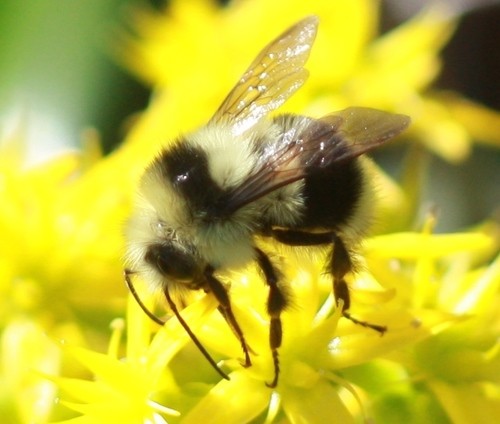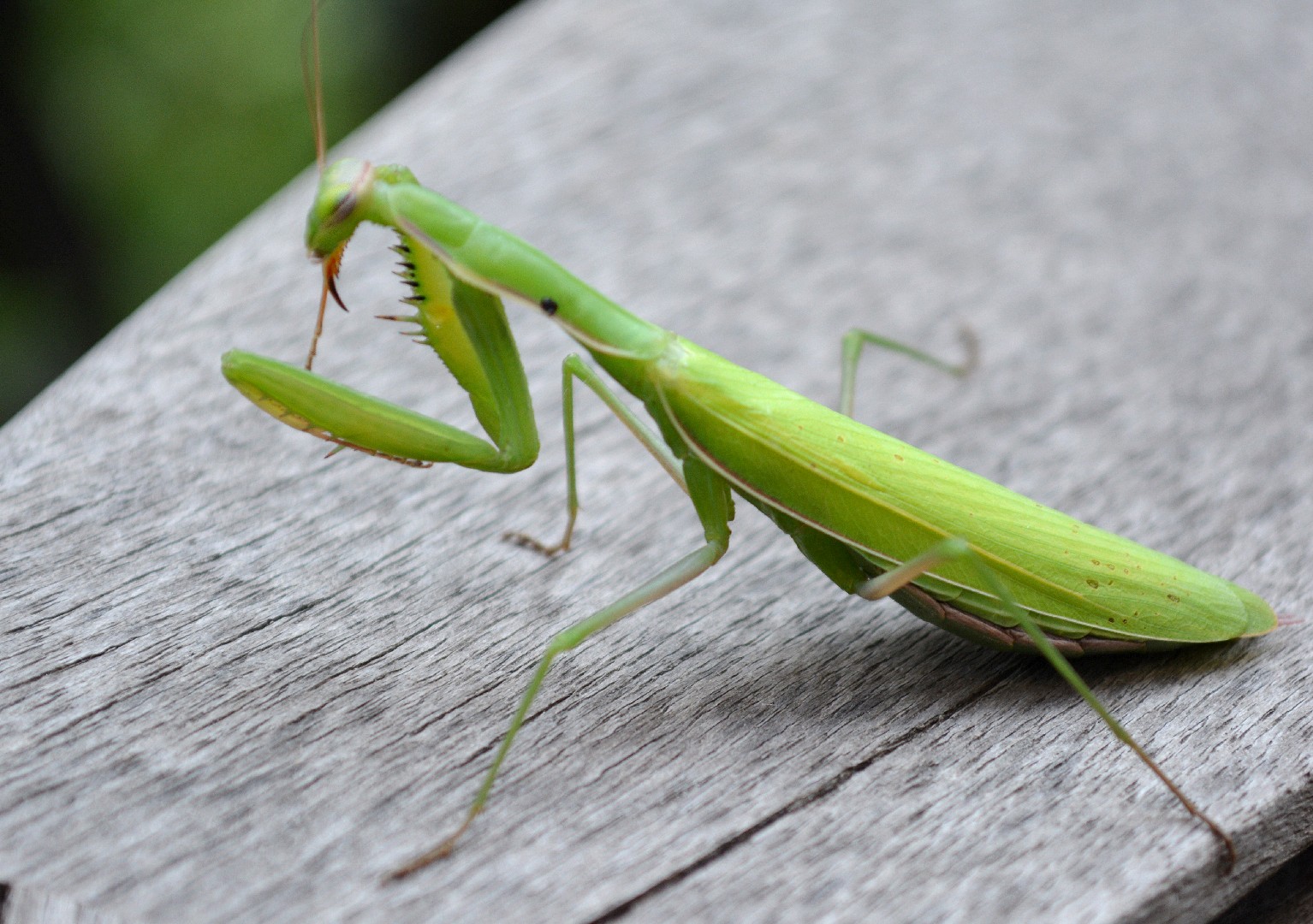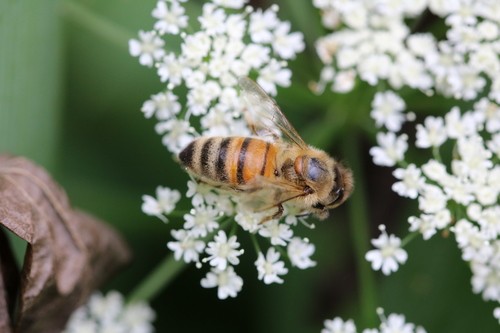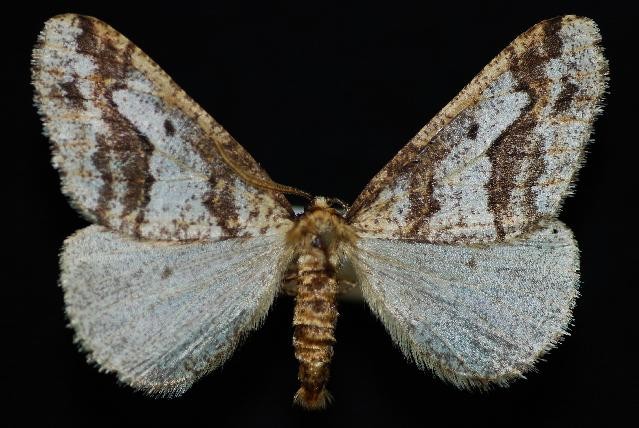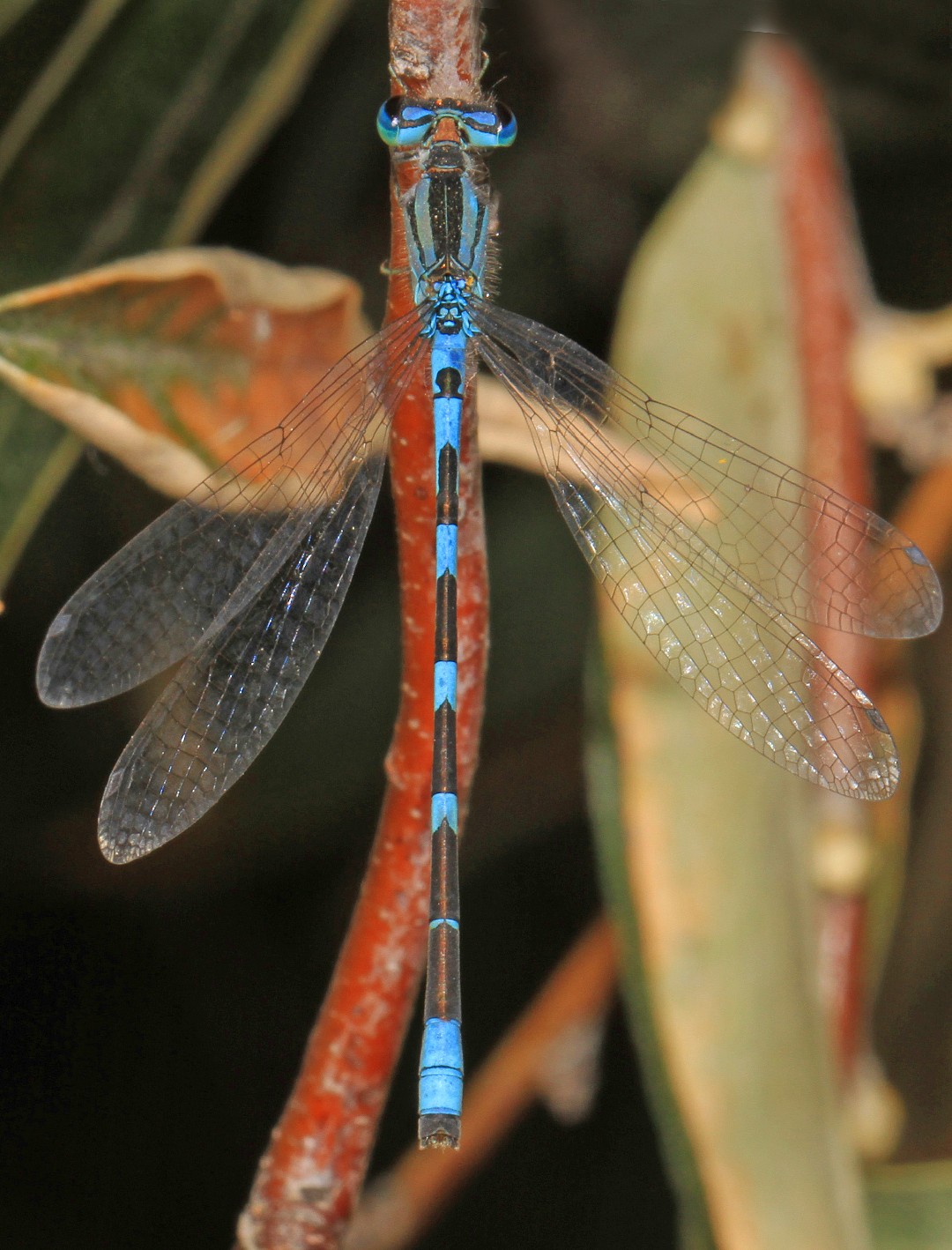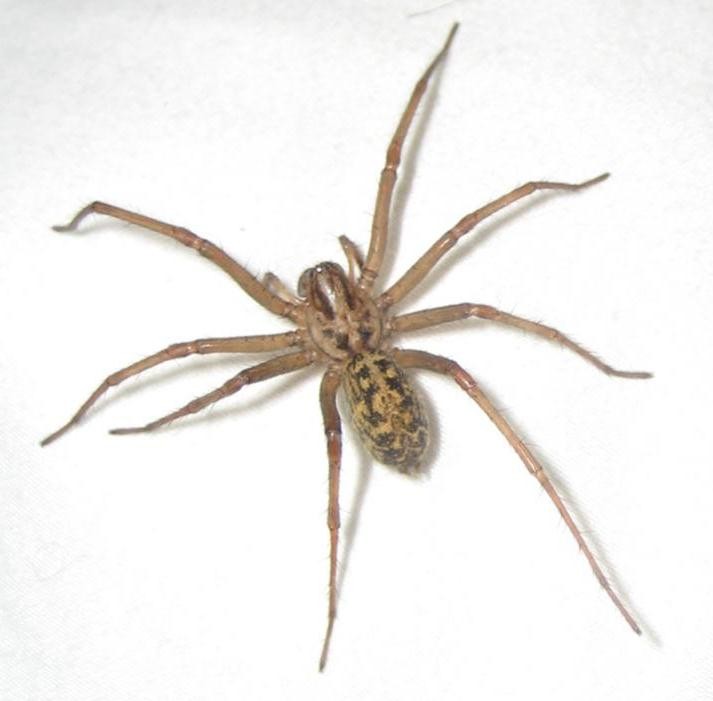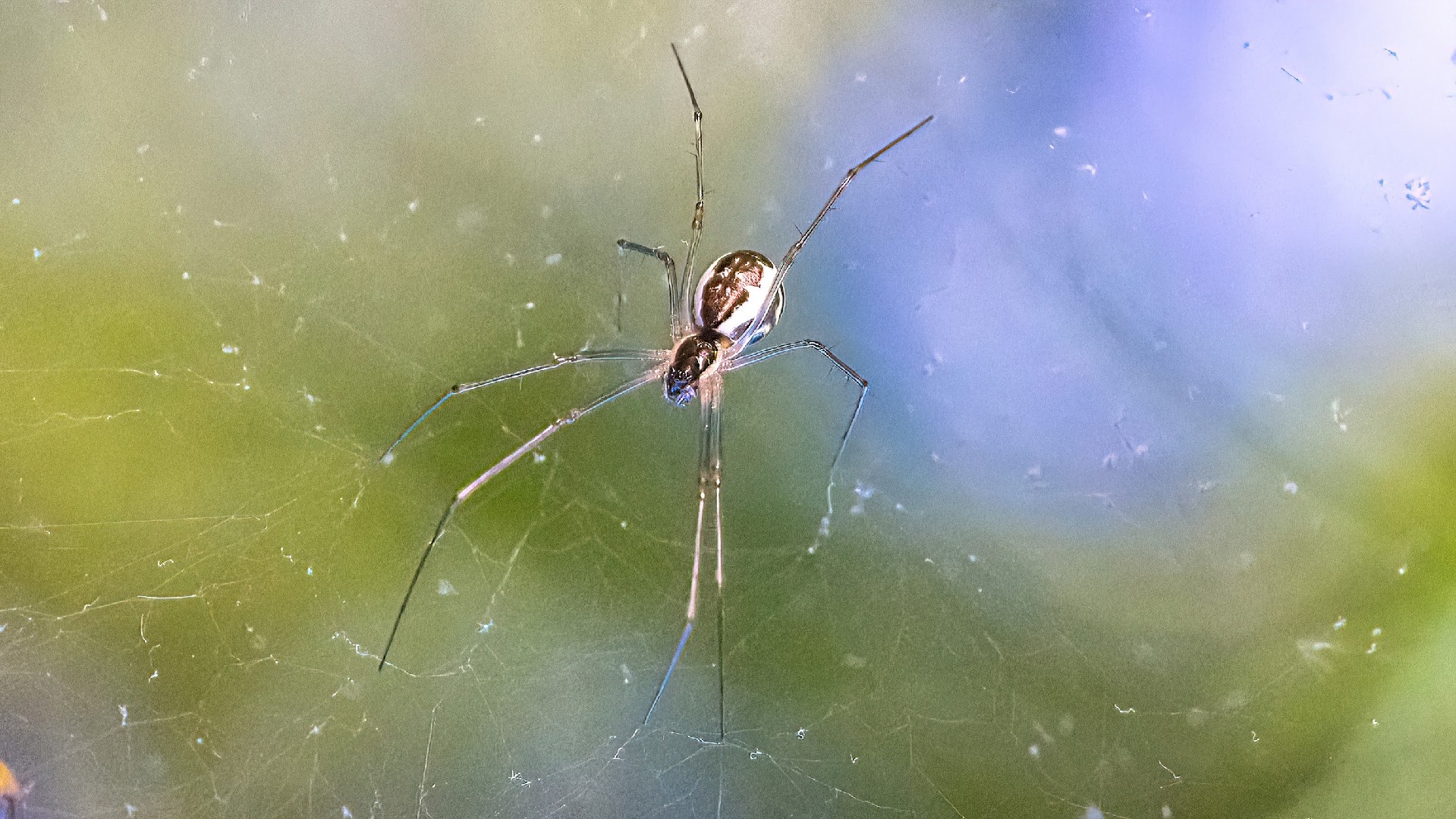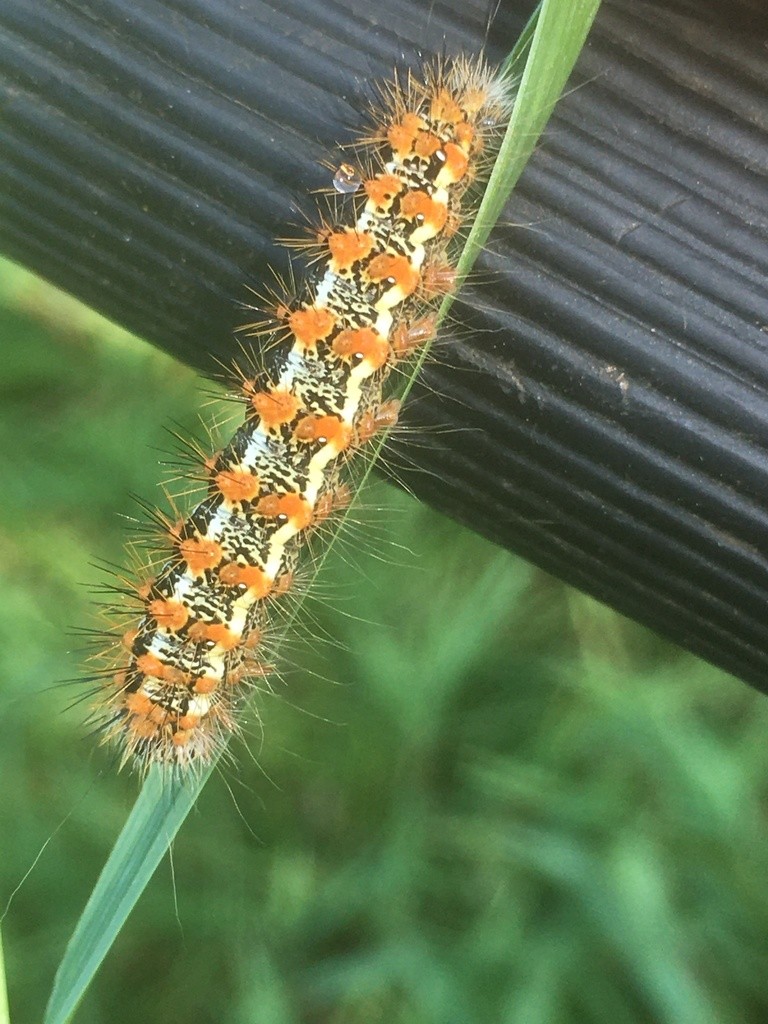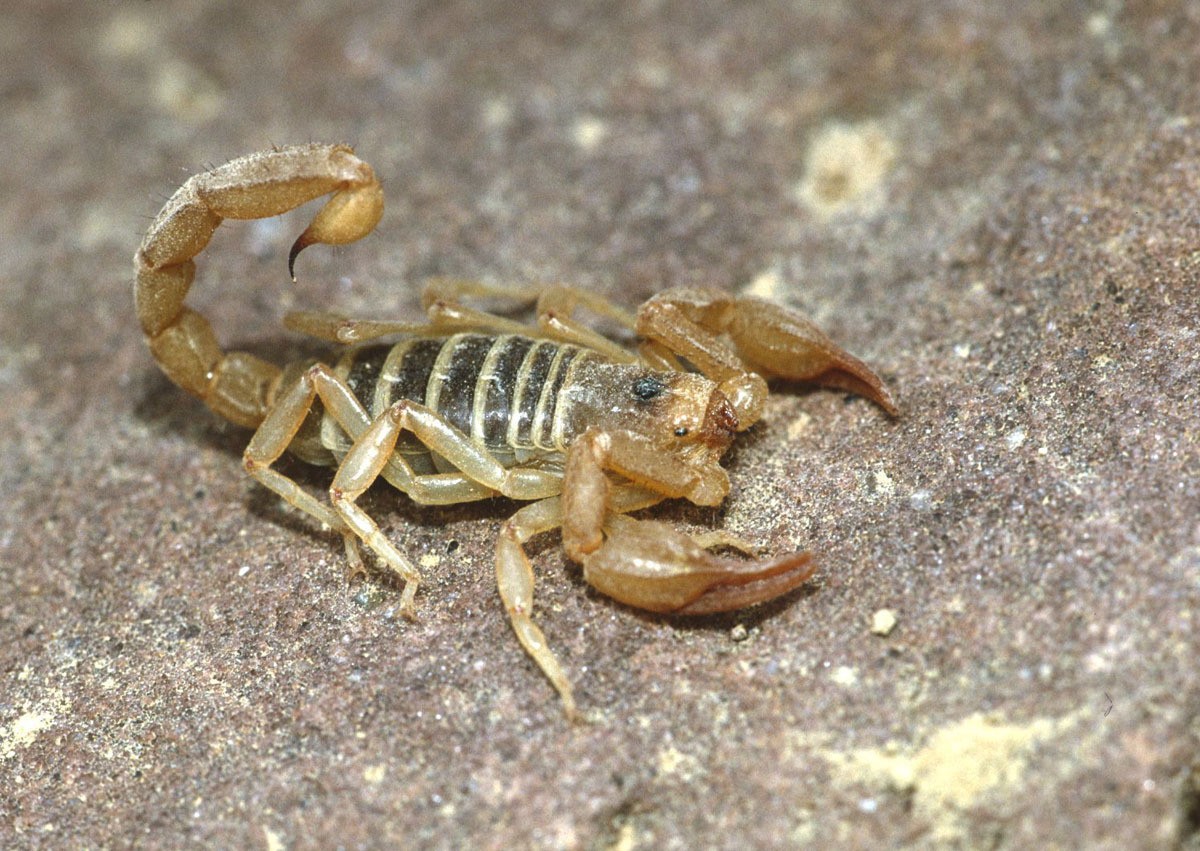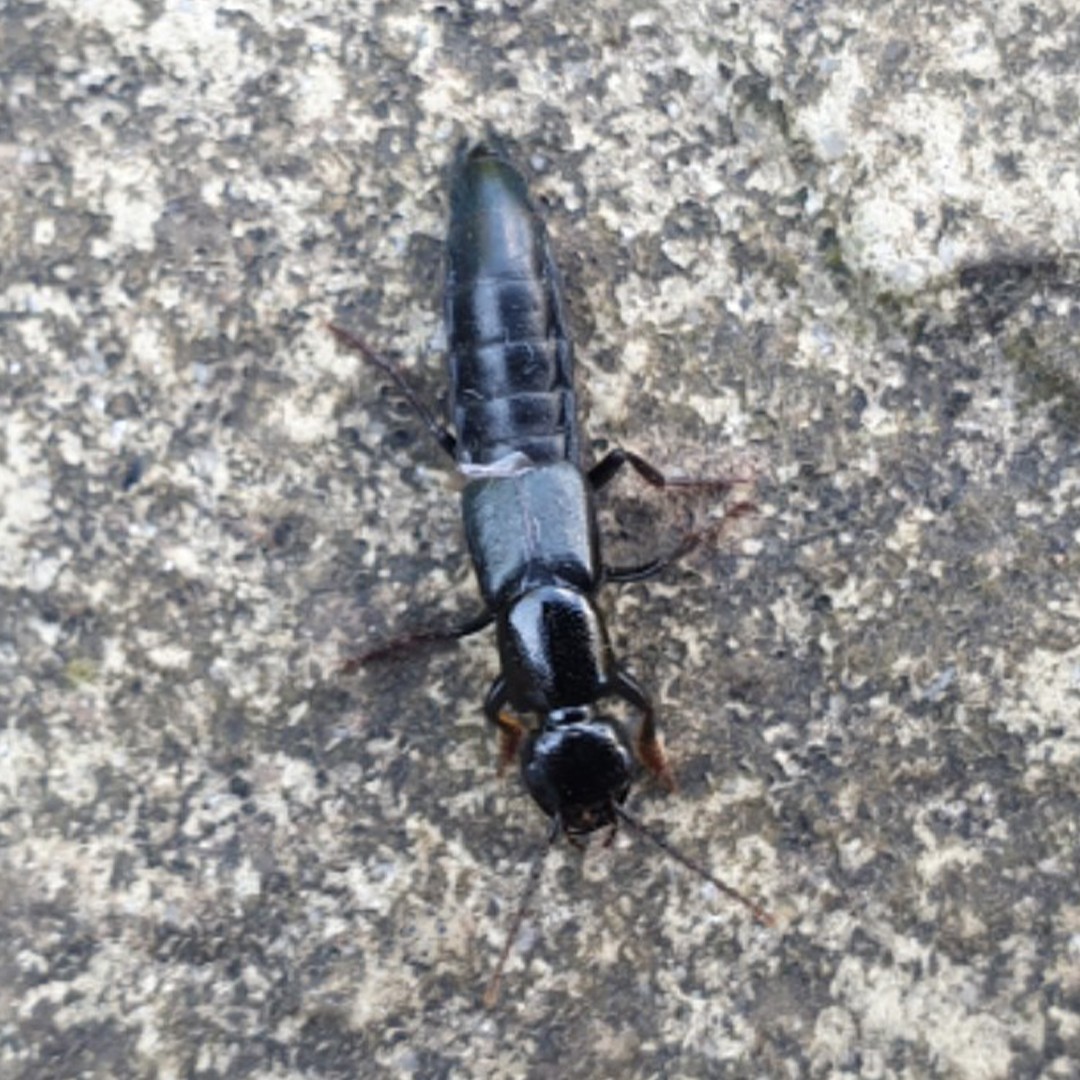Top 20 Most Common Insects in Moses Lake
Insects, known for their six legs and segmented bodies, are an integral part of Moses Lake's ecosystem. These small yet essential creatures, numbering 20 in our region, play various roles - from your common household pests to pollinators, supporting the cycle of life. The balance in their population significantly reflects Moses Lake's environmental health, thus warranting our continuous attention.
Most Common Insects
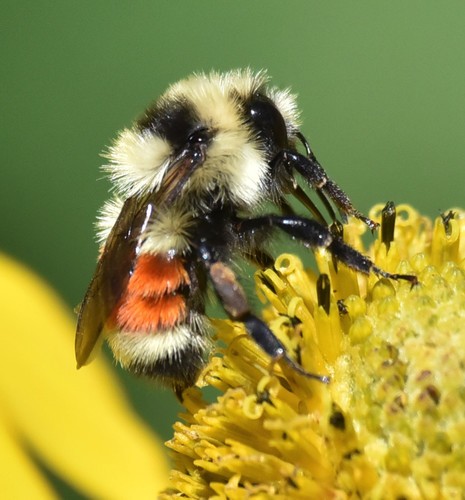
1. Hunt's bumble bee
Bombus huntii is a non-woven insect from the family of bees and bumblebees (Apidae). The scientific name of the species was first validly published in 1860 by Greene.
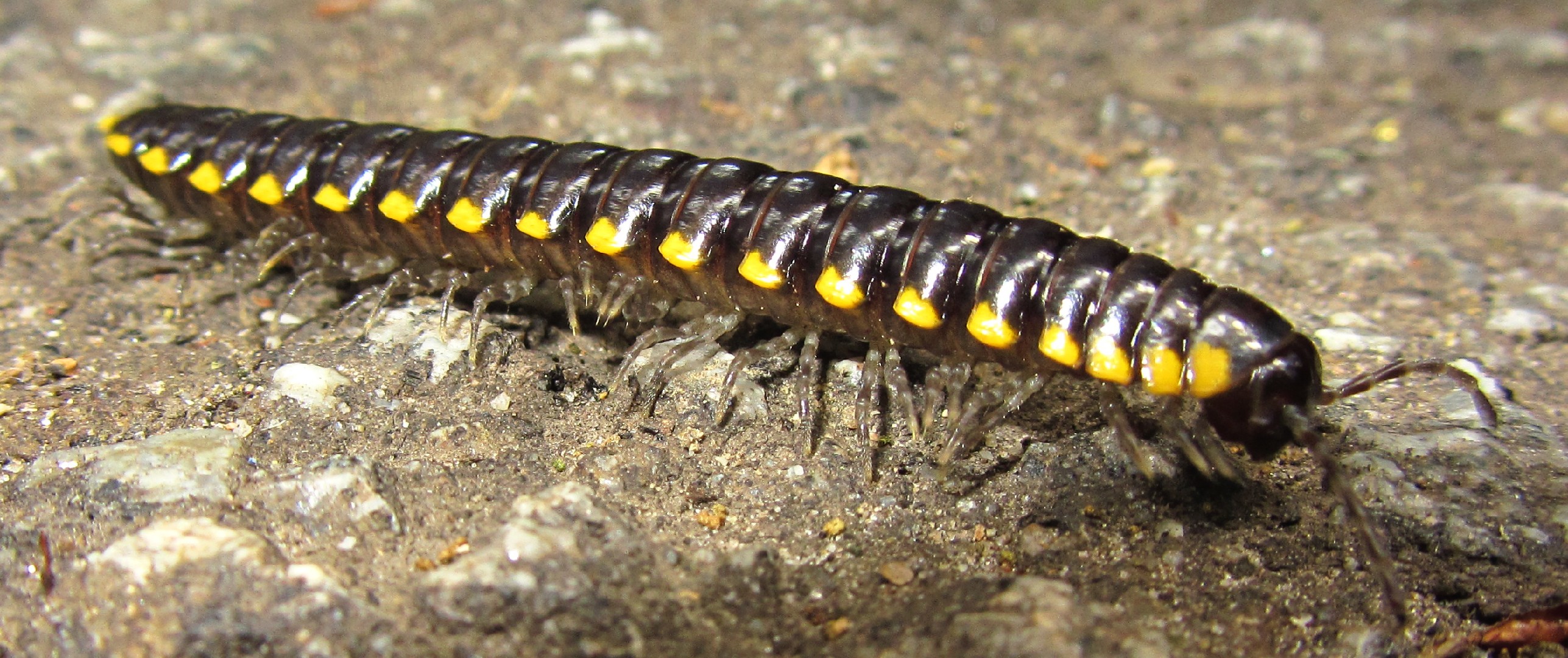
2. Yellow-spotted millipede
Harpaphe haydeniana reach a length of 4 - 5 cm when mature. The upper surface of the body is black to olive green, and is distinctively marked along the sides with patches of a yellowish colour. Harpaphe haydeniana has approximately twenty body segments, bearing a total of 30 (males) or 31 (females) pairs of legs. The difference between males and females is due to one pair of legs on the seventh segment in males being modified to form gonopods used for sperm transfer. 
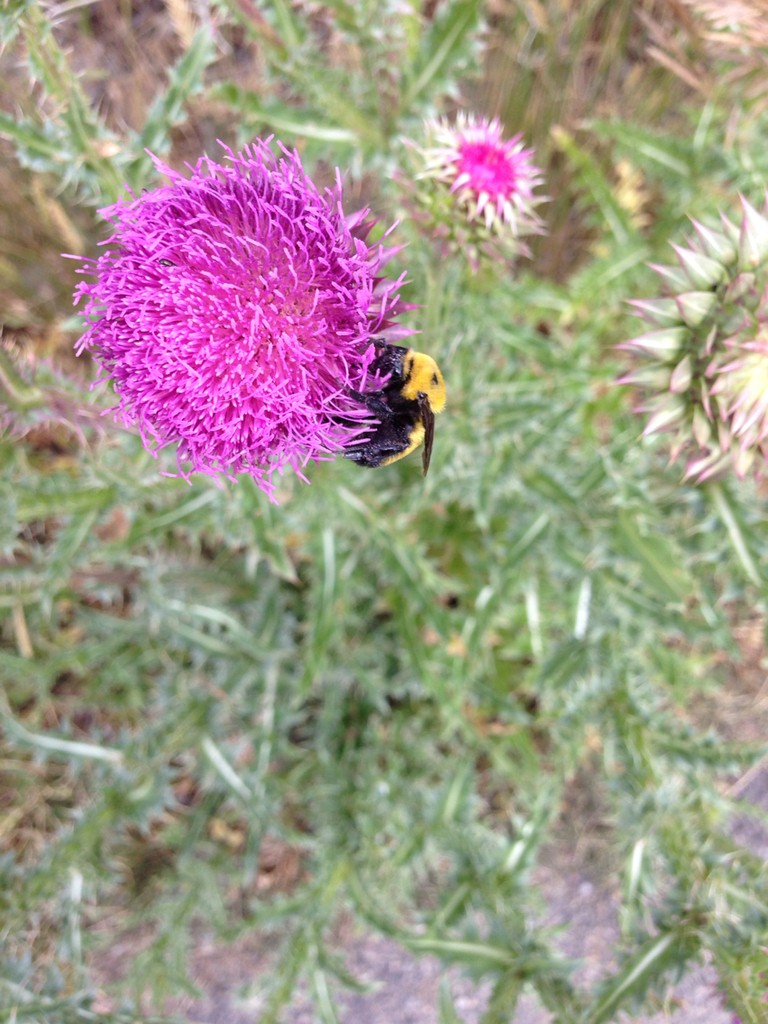
3. Nevada bumble bee
A bumblebee with a long proboscis (tongue) and a short, dense fur, the females (queens and workers) have an entirely black head, while the face and top of the head of the male are yellow. The thorax is yellow, sometimes with a hairless, black spot in the middle. The three first terga (abdominal segments) are yellow, while the rest of the abdomen is black. However, the tip of the tail is more or less red in the male. The average body length is 0.79 in for the queen,0.67 in(worker) and 0.55 in (male). 

4. Multicolored asian ladybeetle
Often confused for the ladybug, multicolored asian ladybeetle (Harmonia axyridis) is a separate species that, unlike the ladybug, is a household pest. It is considered particularly annoying for its habit of returning to places from which it is removed. One of the most variable species in the world, there are many different colors and patterns multicolored asian ladybeetle may display, making identification potentially difficult.
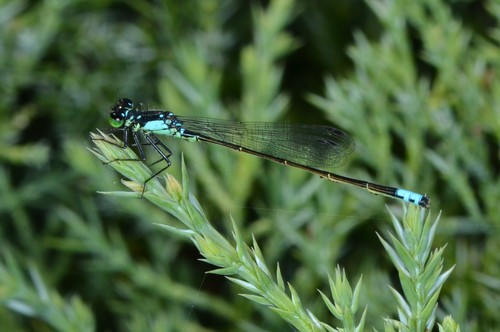
5. Pacific forktail
The scientific name of the species was first validly published in 1876 by Selys.
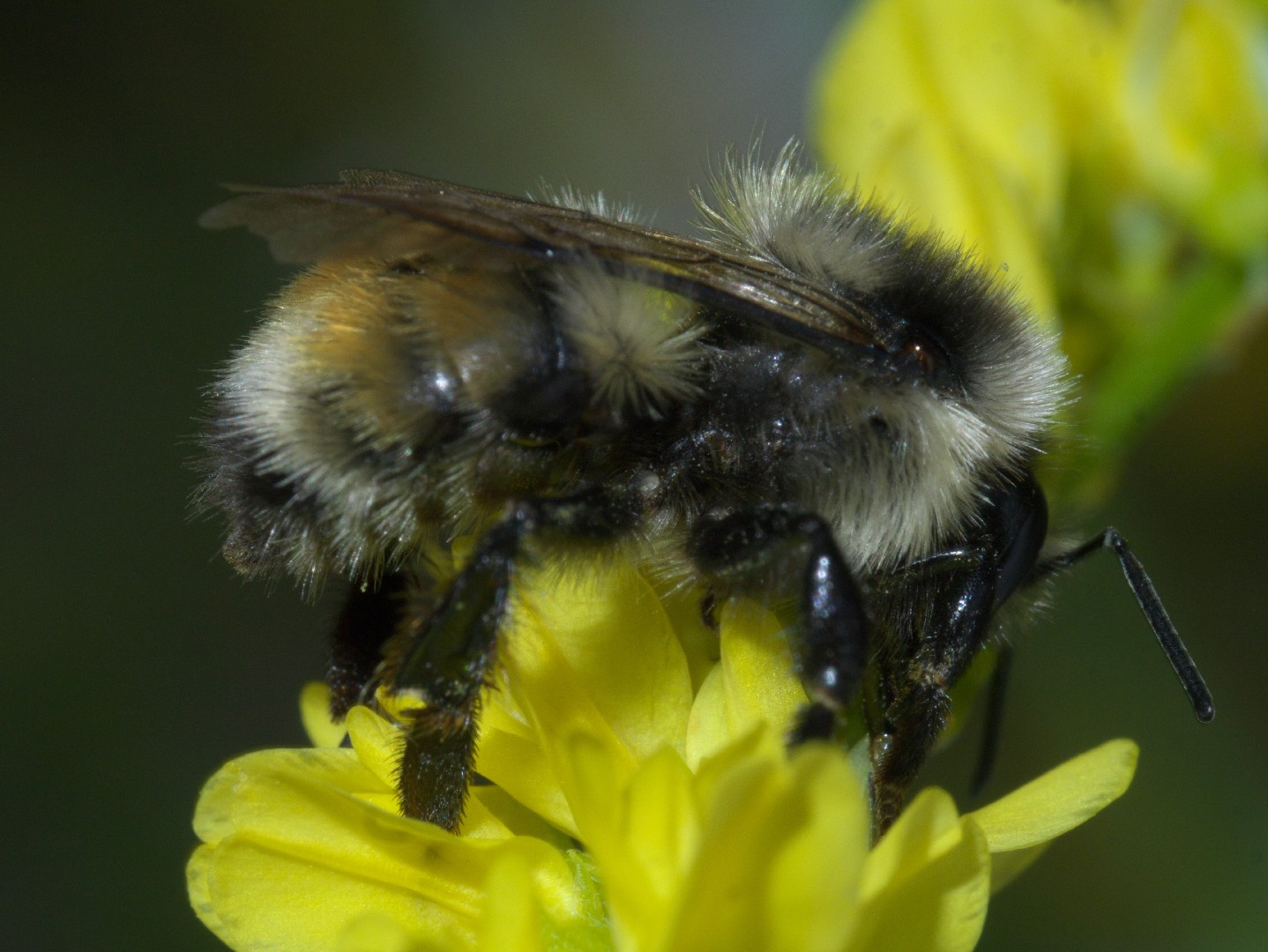
6. Two form bumble bee
Bombus bifarius is a non-woven insect from the family of bees and bumblebees (Apidae). The scientific name of the species was first validly published in 1878 by Cresson.
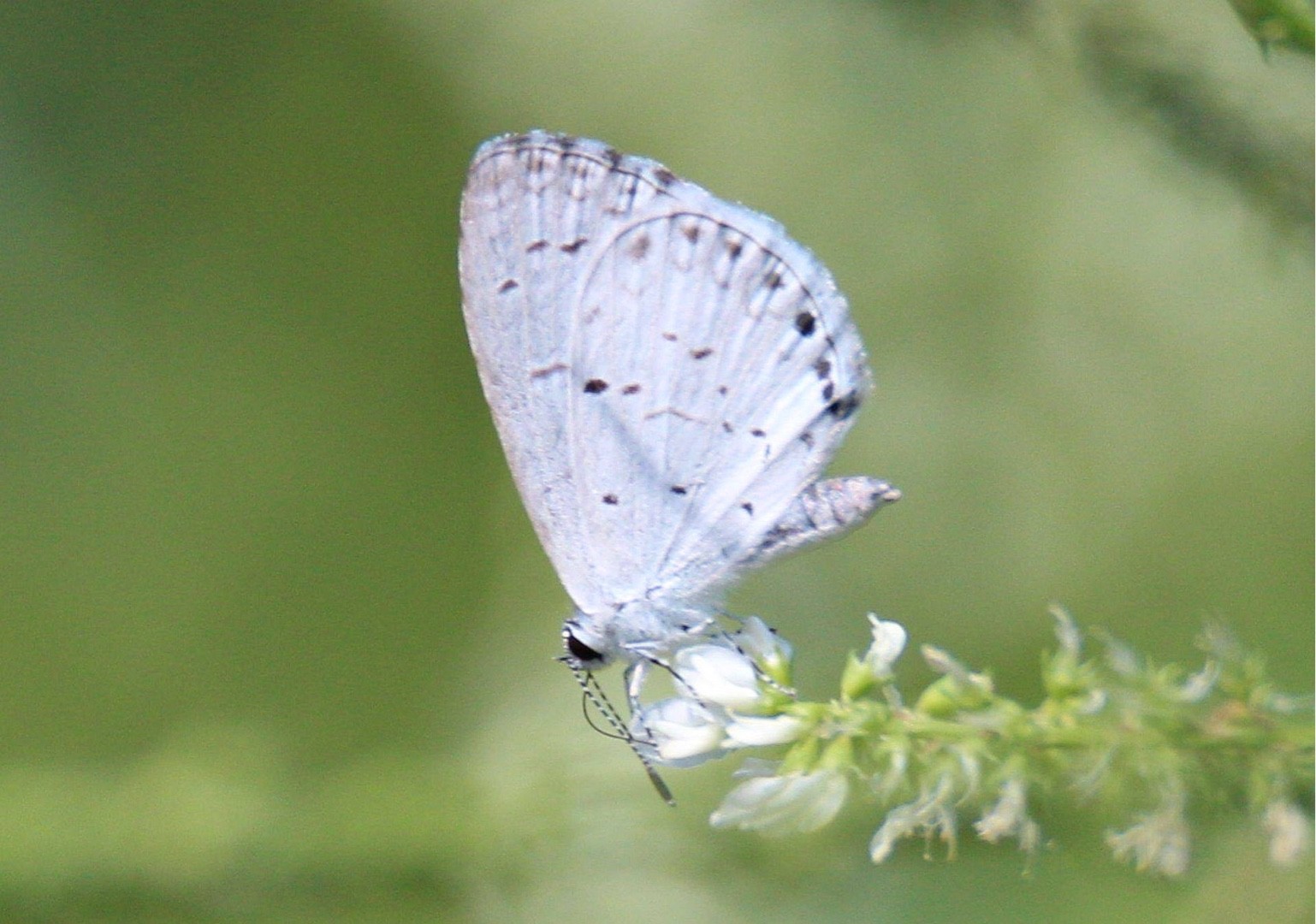
7. Spring azure
Celastrina argiolus ladon is a butterfly from the Lycaenidae family, the small pages, fire butterflies and blues. This subspecies used to be considered as a separate species, but in a revision it is classified as a subspecies of the blue tree. This revision is not accepted by all authors.
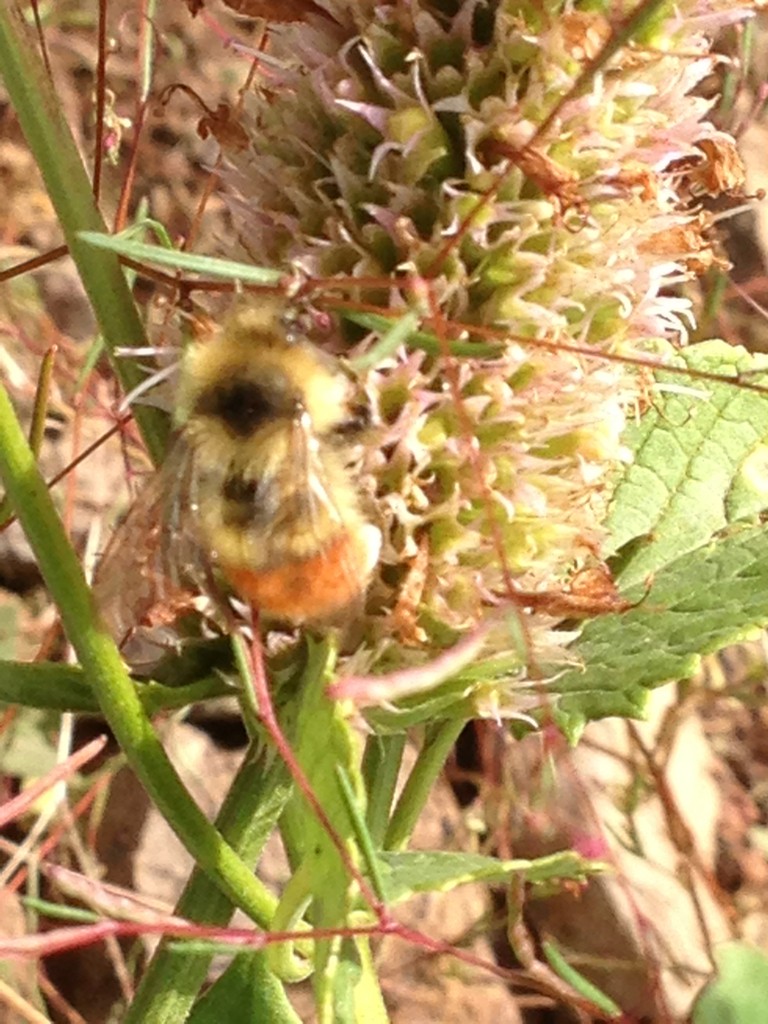
8. Central bumble bee
Bombus centralis is a small bumblebee with a long face and proboscis and light brown wings. The queen has a body length between 12.5 and 16 mm (0.49 and 0.63 in) and a wing span of 29 to 33 mm (1.1 to 1.3 in); the males have a length of 10 to 13 mm (0.39 to 0.51 in) and a wing span of 22 to 29 mm (0.87 to 1.14 in), while the workers are 9.5 to 12.5 mm (0.37 to 0.49 in) in length with a wing span of 23 to 28 mm (0.91 to 1.10 in). The colouration of the thorax and anterior part of the abdomen is yellow, while terga (abdominal segments) 3 and 4 (for the females) and 3 to 5 (males) are orange-red. The tail is black; overall the hair is long. Across the thorax is a black, medially located band. 
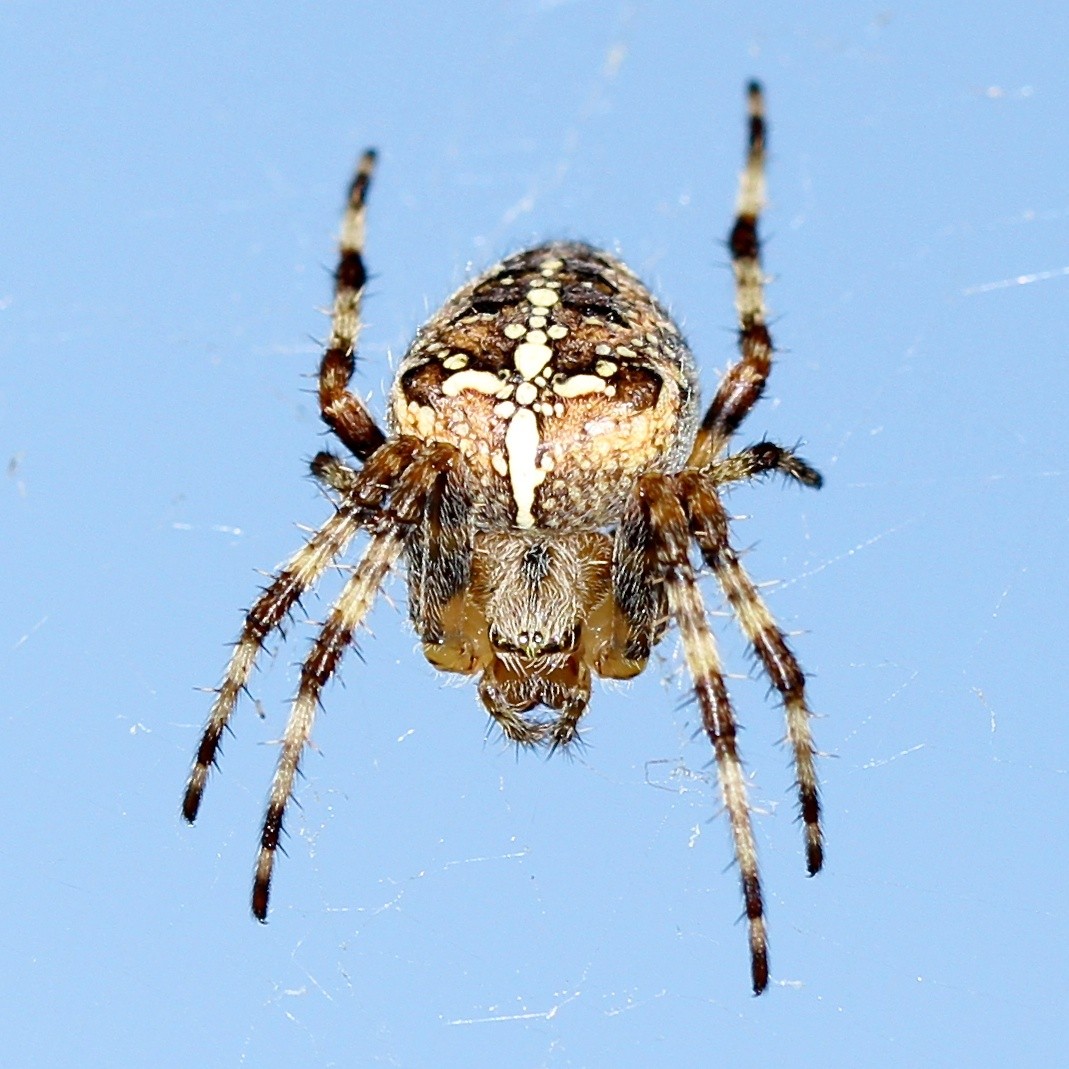
9. Crowned orbweaver
A common species of orb-weaver, crowned orbweaver (Araneus diadematus) builds large and noticeable webs. Only the females build webs, and they may prey upon their mates before, during or after engaging in sexual intercourse. Crowned orbweaver is reluctant to bite humans and will not do so unless scared or provoked. It avoids danger by vibrating in its web until it becomes a blur, confusing predators.
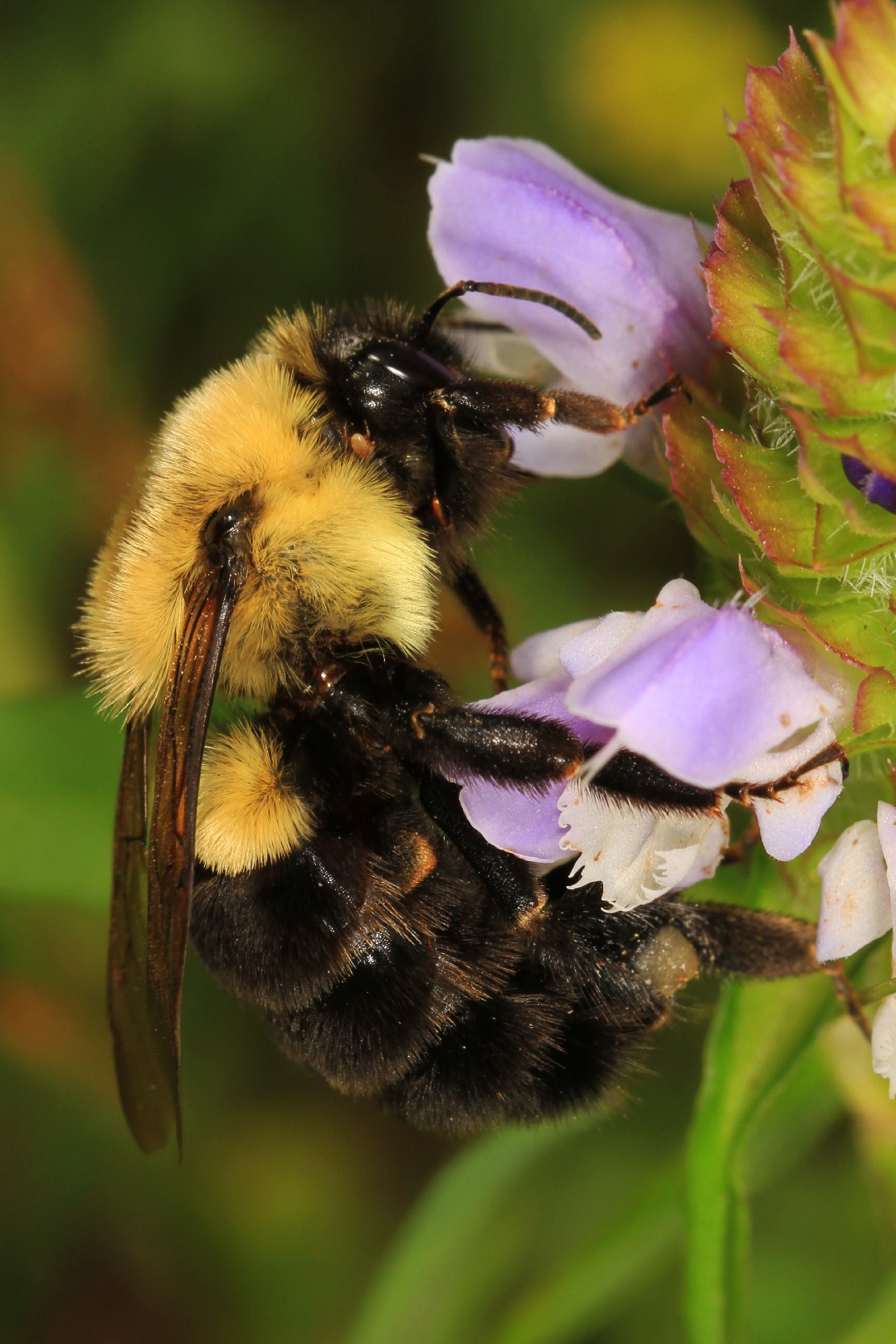
10. Brown-belted bumble bee
The brown-belted bumble bee (Bombus griseocollis) can be distinguished from other bumble bees because of the brown belt on its abdomen. It's often found in urban landscapes, near sunflowers, thistles, and milkweed. The males often fly very high in search of females, and they've even been spotted at the top of the Empire State Building.
More
